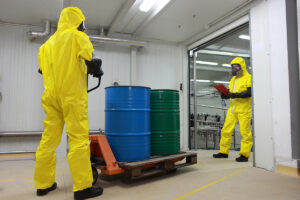
CFATS fences are a critical component of chemical facility security.
Chemical facilities play a critical role in our society, supplying industries with essential materials and chemicals. However, they also present significant security concerns due to the potential for accidents, theft, and even terrorist attacks. To address these risks, the U.S. Department of Homeland Security (DHS) implemented the Chemical Facility Anti-Terrorism Standards (CFATS) in 2007. One key aspect of CFATS compliance is ensuring that facilities are equipped with appropriate physical security measures, including fencing.
What is CFATS?
CFATS is a regulatory program established by DHS to identify and regulate high-risk chemical facilities. The program requires facilities that store, use, or produce significant quantities of certain chemicals to meet specific security standards. These standards are aimed at reducing the risk of those chemicals being stolen, released, or otherwise compromised, potentially leading to disastrous consequences.
Facilities covered by CFATS must undergo a security vulnerability assessment and develop a site security plan (SSP) to mitigate potential risks. These SSPs must include both cyber and physical security measures, such as surveillance systems, restricted access protocols, and fencing.
Why Fencing is Critical for Chemical Facility Security
Fencing is one of the most fundamental yet crucial physical security measures required under CFATS. While it might seem like a basic deterrent, a properly designed and installed fence serves multiple purposes in enhancing a facility’s security. Here are several reasons why fencing is vital:
Access Control
One of the primary goals of CFATS is to prevent unauthorized access to hazardous chemicals. A CFATS-compliant fence helps control access by establishing clear boundaries between public and restricted areas. Fences act as the first line of defense, deterring would-be intruders from entering the premises. They funnel all traffic to designated entry points where more robust access control measures, such as gates, ID checks, and biometric scanners, can be implemented.
Visual Deterrence
A fence sends a strong visual signal that a facility is secure and monitored. Potential intruders are less likely to attempt unauthorized entry if they see a high-quality, well-maintained fence that is clearly designed for security. Adding signage that warns of surveillance cameras, alarms, and restricted access can further deter criminal activities.
Delayed Entry
While no fence is entirely impenetrable, a strong CFATS fence can significantly delay an intruder’s progress, giving security personnel time to respond. A properly designed fence will be tall enough, made of durable materials, and outfitted with anti-climb or anti-cut features to prevent easy breaching. Some CFATS fences even include sensors that detect tampering, triggering alarms, and alerting security teams to potential threats.
Perimeter Protection
Fencing helps establish a clear perimeter around the facility, protecting not only the physical building but also hazardous storage areas, pipelines, and equipment that may be vulnerable to attack or sabotage. Properly secured perimeters are essential in ensuring that sensitive areas are not accessed by unauthorized personnel or tampered with remotely.
Supporting Other Security Measures
CFATS-compliant fencing is often integrated with other security measures such as lighting, surveillance cameras, and motion detectors. These additional measures increase the fence’s effectiveness by improving visibility and enabling real-time monitoring. Security guards and response teams can be notified immediately if the fence is breached, providing a layered approach to security.
Choose Hercules High Security to Protect Your Property
Whether you need White House-level security fencing, or you need the perfect version of a white picket fence to guard your business or residential property, trust the experts at Hercules High Security. For more information and to learn how we can meet your custom fencing needs, contact Hercules High Security online or give us a call at 1-800-395-9597. Our professionals are ready to serve you from Maryland and the Washington Metropolitan area to Richmond, Virginia. We have branch offices in Manassas, Richmond, Newport News, Norfolk, Virginia, and Maryland. We will ensure your investment serves your family and your business for years to come! For updates and to see projects we’re working on, visit us on Facebook, Twitter, LinkedIn, and Pinterest.


